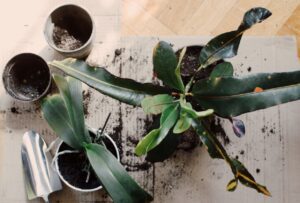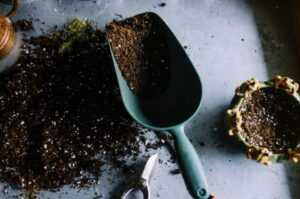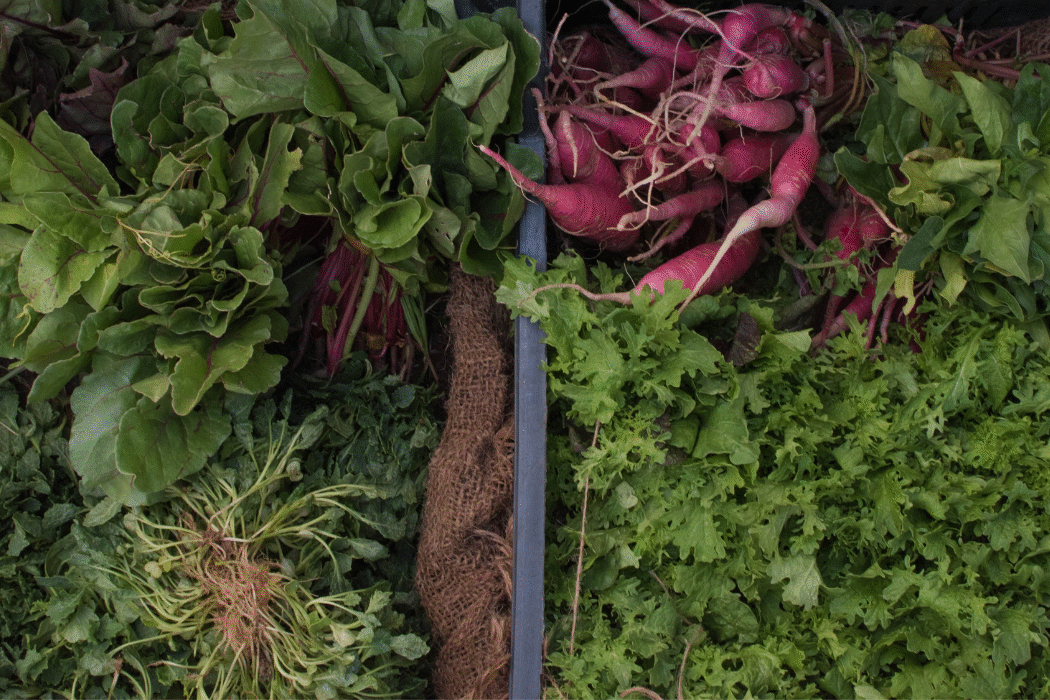November 15, 2021
Winterizing Your Houseplants
Winterizing Your Houseplants
While In the Northern Hemisphere, days are short and the light is low. Winter is just around the corner. Just like you, your houseplants need a new daily routine in Winter—one that involves lots of rest, protection from the cold, and maybe even a vacation to a sunnier habitat.
Most houseplants enter dormancy in late Fall through Winter. Growth can slow or even stop, and that can be disconcerting to devoted plant parents. But it’s a crucial time to support your plants as they rest and get ready for their big growing seasons in Spring and Summer.
Let’s take a look at how to keep your houseplants happy through Winter.
Move them into the light
Shorter days mean less sunlight. As the sun spends less time in the sky, move your plants to the sunnier part of the home to maximize their sun exposure.
If you have a sun porch (protected from cold weather, of course), Winter is the time to turn it into an indoor plant habitat.
Pro tip: examine the orientation of your home. Which rooms and windows are facing south or west? These directions will get more light, thanks to the tilt of the Earth, so reorient your plants accordingly.
You can also periodically rotate plants throughout the season to help each and every inch of the plant get sun.
Protect them from cold
Except for the hardiest of indoor plants, houseplants really don’t like to get chilly. Check around your plants’ habitats for potential cold drafts.
Windowsills, while the best place for getting sun rays, can be drafty spots. Before you move a plant to your windowsill, check for gaps in the window frame, especially if you live in an older house or apartment.
Reduce watering
Beware of overwatering in Winter. Your houseplants need much less water in the Winter months, since they are growing less.
For plants that were getting watered once a week through high-growth seasons, consider watering once every two weeks. Succulents and cacti, of course, need even less water than that (some cacti don’t want or need any water at all in winter).
As always, check in on your plants’ soil moisture and texture with a gentle poke into the soil, about one inch deep. Or, as rare plant expert Elana Gainor suggests, start to get familiar with the weight of your plants so you can pick up a pot and tell if the soil is holding water weight. Learning your plants’ weight will help avoid any intrusive touch into their soil—although most plants will be okay with a gentle soil “poke”.
Pro tip: Set a schedule for Winter watering and write it down. Since more time passes between waterings, it’s easier to forget when you last hydrated your green friends!
It’s also a good time to check that plants’ pots are draining well. Colder temperatures mean water is evaporating less, and as plants intake less water during their slow-growth season, soil may get waterlogged.
If you have plants that are living in pots without drainage holes, consider repotting them into something more drainage-friendly.
It’s a great time to repot
Winter can be a rough time for avid gardeners who live in cold climates. Months without getting your hands in the soil can feel torturous! An antidote to garden-less Winter blues is repotting your indoor plants.
To determine if a plant needs to be repotted, check:
- Root system: Are your plant’s roots busting out of their grow pot? If roots are growing through the holes in the bottom of a pot or even cracking the sides of a plastic nursery pot, it’s time to size up.
- Plant size: Sometimes a plant simply outgrows its habitat. Are your plants’ leaves and stems creeping far beyond the pot that contains them? Go one or two sizes up, so it can grow.
- Soil: Is the plant’s soil completely dried out, not draining, or clumpy? It may be time to repot simply for new, fresh soil.
- Growth: Has your plant completely stopped growing? It might be out of space! Remember that in Fall and Winter, some plants intentionally stop growing, so base your judgements on observations of Spring and Summer growth!

Pro tip: Not all plants need or want repotting. Many rare and sensitive plants, especially, may just stay put. Extremely viney hanging plants that crawl in every direction may be happy just as they are. If you’re unsure about repotting a houseplant, snap a picture and show it to your local garden store experts for advice.
No need for fertilizing
Be wary of fertilizing your plants during this slow-growing season. When you observe the lack of growth on your leafy friends, you might feel an urge to give your plants a dose of plant food so they keep growing, but resist the temptation!
An excess of some nutrients (especially nitrogen) can cause force growth that is weak and won’t last for long. It’s best to let plants rest in Winter—it’s their natural way.
And hey, while you’re at it…why don’t you go get some Winter rest, too?!
Read More Articles by True Organic
Food Safety for Safer Edible Gardening
June 6, 2022
True Organic Inside Scoop with Justin
October 25, 2021
Show us your True Organic Plants
#GrowWithTrue
www.trueorganic.earth






